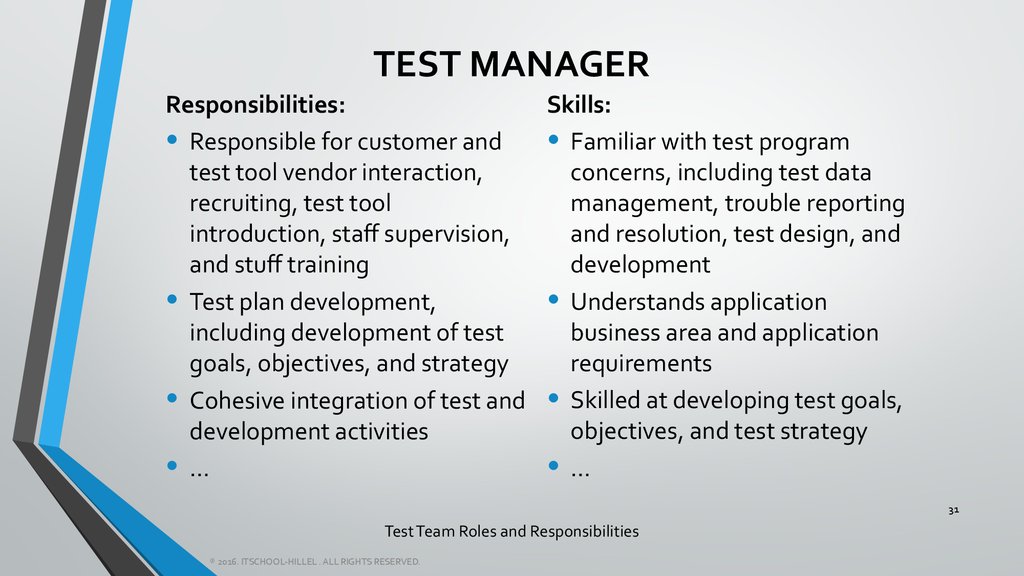
A dryness level down to 90% is considered acceptable for laboratory autoclaves, however, steam below this value is considered to be wet steam. The acceptance criterion for steam dryness (the fraction of steam relative to water – 1.0 = all steam, no water) is at least 0.95, or 95% by weight. Because the dryness value of the steam at the chamber entry point can be quite a bit lower than the dryness value in the sterilizer, measurements of steam dryness should be made at both locations. perfectly dry steam with no liquid water content.) Normally, the dryness value is less than 1.0, as there are thermal losses in any piping system even if it is well insulated. Ideally, the temperature rise is exactly proportional to the amount of steam delivered to the water to heat it, resulting in a dryness value of 1.0 (i.e. Steam dryness is calculated by measuring the temperature change in a known amount of water in relation to the mass of steam that is required to cause that temperature change. *For laboratory autoclaves, >0.90 w/w is considered acceptable. The acceptance criteria are shown in the following table. With the release of EN 285:2015, the bar has been raised.

#Qspace quality testing iso
It is referenced in most national standards and in ISO 17665. The temperature of the steam above the temperature of saturated steam for a given moisture contentĮN 285, the European Large Steam Sterilizer standard, is the world’s baseline authority for steam quality acceptance criteria. The amount of the steam by volume that is not steam or water, but is air or other gas that does not contribute meaningfully to sterility of the load The amount of the steam by weight that is steam and not liquid water Steam Quality (SQ) Testing Methods and Acceptance Criteria When steam quality testing is performed, three parameters are measured: For a production or GMP environment, steam quality testing should be part of annual preventative maintenance and qualification testing. With careful design, following well-established principles, and proper maintenance, the system (steam supply and sterilizer) can be engineered to provide a large margin of security against steam quality noncompliance. The bad news is that any steam autoclave can experience the above problems, and the cause is not always something that can be predicted. The good news is that essentially all laboratory autoclaves on the market today can provide sterile, dry, and intact sterilization loads if provided good quality steam from the steam supply. In general, this is not defined, rarely measured, and, if discussed at all, is relegated to the mythology of sterilizer arcana. What to Know About Steam QualityĪlmost every sterilizer manufacturer recommends “97% pure steam”. Staining and corrosion of instruments and containersĮach of these issues has a specific cause or causes and can usually be remedied.Sterilization (biological and chemical) indicator failures.(Steam quality is not a measure of the impurity content of the steam.) Deviations from established ranges of these aspects of the steam can result in the following issues: These physical aspects include temperature (superheat), dryness (liquid water content), and non-condensable gas content. Steam quality is defined as the measurable physical aspects of steam used for sterilization. In previous articles other phases of validation were discussed (IQ, OQ, and PQ) the focus of this blog is on Steam Quality testing as part of validating an autoclave.

As such, steam quality should be part of the validation of any steam sterilizer. Like time, temperature, and pressure, steam is a critical variable in the success and repeatability of the sterilization process. The quality of the steam feeding an autoclave is an important factor in steam sterilization.


 0 kommentar(er)
0 kommentar(er)
